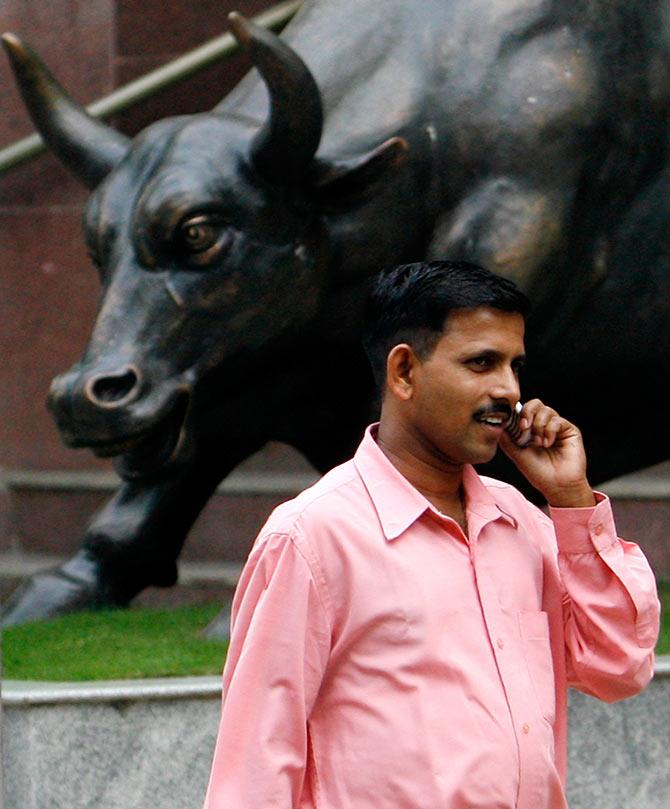
From a low of 7,697 in October 2008, Sensex tripled to its current 25,000 during one of the most trying times.
The boldest prediction on where the markets are headed has come from Karvy Stock Broking when in his report Varun Goel, head of PMS, has said the Sensex could touch 100,000 by 2020.
The Sensex would require 25 per cent compound growth to touch the mark from its current level. He cites instances where the markets have risen over a long time on a compound rate of 25 per cent.
From a low of 7,697 in October 2008, Sensex tripled to its current 25,000 during one of the most trying times.
…
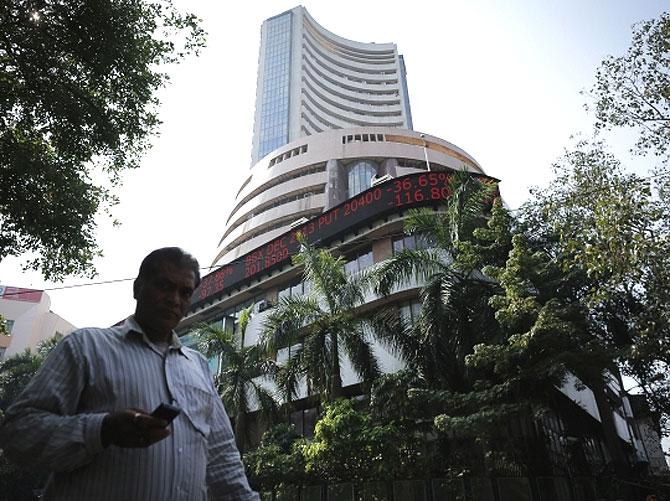
Motilal Oswal, chairman and managing director of Motilal Oswal Financial Services, says the Sensex will touch 30,000 by Budget.
“I believe the new strong and decisive government would kick-start the economy and push the reforms process very aggressively. Lots of things are visible.”
Goldman Sachs expects the Nifty to touch 8,300 (27,500 for the Sensex) over 12 months led by domestic capex-sensitive sectors. Nomura has a Sensex target of 27,200 for year end. Deutsche Bank AG target is 28,000. Morgan Stanley believes a target of 31,000 for 12 months is possible.
…
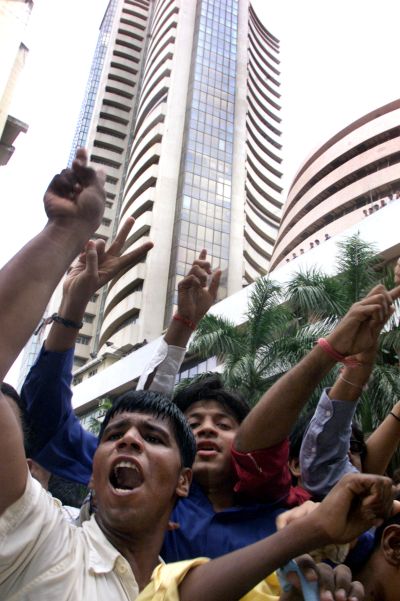
In April, in its India strategy CLSA’s analysts had said, "Technical view of the recent breakout of Indian markets to highs is that of a signal that the long-term uptrend off the 2003 low is resuming. This implies an upside target for Sensex of 39,707 over 12 to 24 months.”
Sandip Sabharwal, a financial consultant, had expected the Sensex to touch 55,000 over five years even before the election results were announced on May 16. A stable government can provide an upside to this estimate, Sabhrawal had said.
He had based his prediction on the expansion of India’s market capitalisation to gross domestic product (GDP) ratio. This ratio, presently around 100 per cent, is well below the 160 per cent peak it had touched by the end of 2007.
…
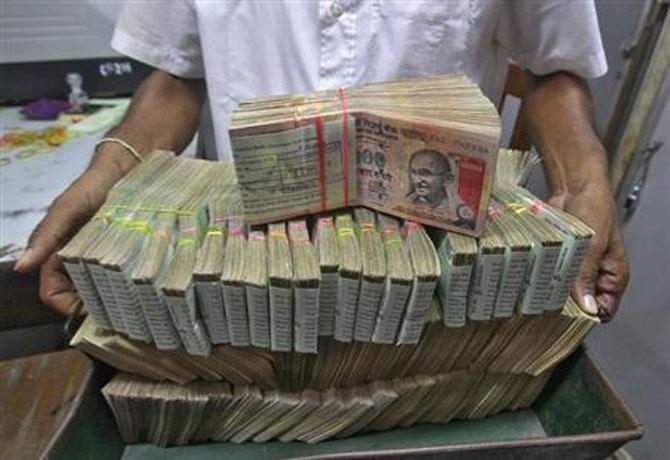
Earnings growth holds key
Goel of Karvy had assumed a 20-25 per cent growth in earnings, re-rating from 15 times to 16-17 times in the next few years.
He expects real GDP to grow six per cent and inflation seven per cent, which should lead to a nominal GDP growth of 13 per cent.
Goel's assumption for GDP seems realistic given India’s record. In 10 and 15 years, real GDP has grown an average annual 7.55 per cent and seven per cent, respectively (the lowest being four per cent in FY03).
Other broking firms also expect a higher growth. Morgan Stanley expects GDP to grow by 6.5 per cent annually over 10 years.
In profit growth, Morgan Stanley expects the financial sector, which it expects will be an integral contributor and hence a beneficiary, to post a compounded growth of 20 per cent over five years.
…
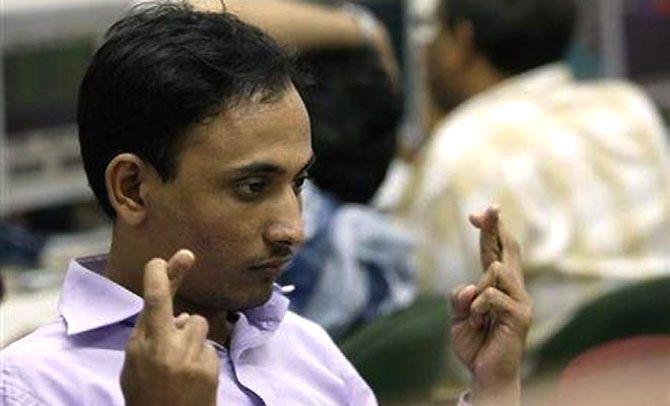
Undoubtedly, profit expansion holds the key for the Sensex to touch the six-figure mark. During growth phases, profits tend to grow faster than the turnover, which according to Sabhrawal expands the market capitalisation to GDP ratio.
During FY03-FY08 (five years), Sensex earnings had grown by an average 28 per cent.
In 10 and 15 years, Sensex earnings have grown 12.2 per cent (including three years of negative growth, FY2000, FY2001 and FY2009) and 16 per cent, respectively.
These will have to improve to 20-25 per cent and remain at those levels till 2020 for the Sensex to touch 100,000.
…
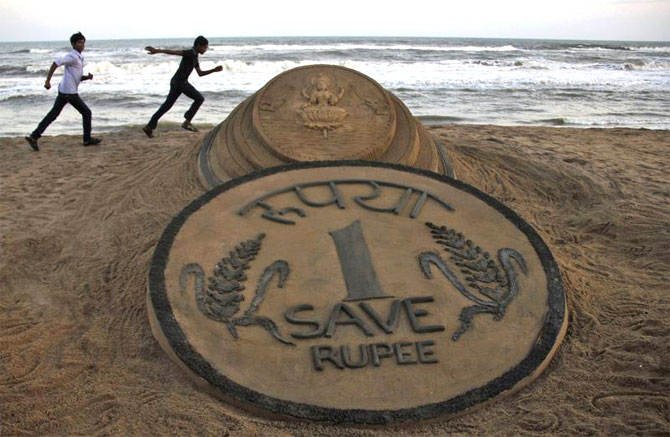
Andrew Holland, chief executive, Ambit Investment Advisors, says this run rate in earnings growth is possible, at least over the next few years.
“Over the next two-three years, the earnings growth could range around 25 per cent. This year, I expect an earnings growth of 20-25 per cent and over 20 per cent in the next year.”
Achieving such high growth of 20 per cent in the next few years shouldn’t be difficult, but sustaining it over a longer period will not be easy.